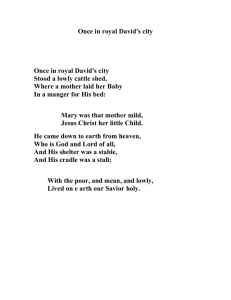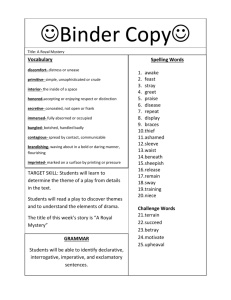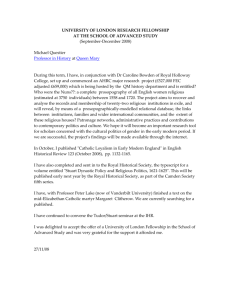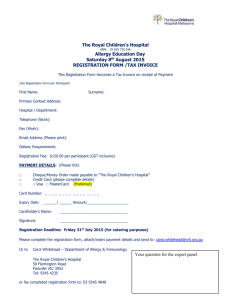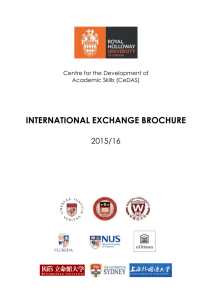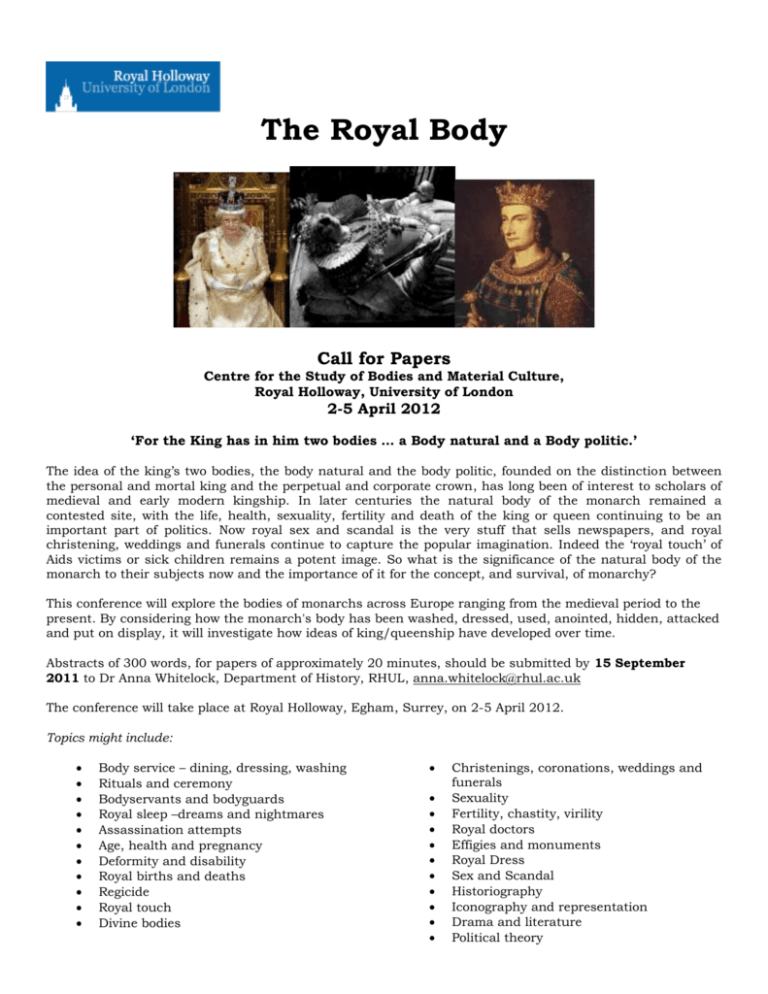
The Royal Body
Call for Papers
Centre for the Study of Bodies and Material Culture,
Royal Holloway, University of London
2-5 April 2012
‘For the King has in him two bodies … a Body natural and a Body politic.’
The idea of the king’s two bodies, the body natural and the body politic, founded on the distinction between
the personal and mortal king and the perpetual and corporate crown, has long been of interest to scholars of
medieval and early modern kingship. In later centuries the natural body of the monarch remained a
contested site, with the life, health, sexuality, fertility and death of the king or queen continuing to be an
important part of politics. Now royal sex and scandal is the very stuff that sells newspapers, and royal
christening, weddings and funerals continue to capture the popular imagination. Indeed the ‘royal touch’ of
Aids victims or sick children remains a potent image. So what is the significance of the natural body of the
monarch to their subjects now and the importance of it for the concept, and survival, of monarchy?
This conference will explore the bodies of monarchs across Europe ranging from the medieval period to the
present. By considering how the monarch's body has been washed, dressed, used, anointed, hidden, attacked
and put on display, it will investigate how ideas of king/queenship have developed over time.
Abstracts of 300 words, for papers of approximately 20 minutes, should be submitted by 15 September
2011 to Dr Anna Whitelock, Department of History, RHUL, anna.whitelock@rhul.ac.uk
The conference will take place at Royal Holloway, Egham, Surrey, on 2-5 April 2012.
Topics might include:
Body service – dining, dressing, washing
Rituals and ceremony
Bodyservants and bodyguards
Royal sleep –dreams and nightmares
Assassination attempts
Age, health and pregnancy
Deformity and disability
Royal births and deaths
Regicide
Royal touch
Divine bodies
Christenings, coronations, weddings and
funerals
Sexuality
Fertility, chastity, virility
Royal doctors
Effigies and monuments
Royal Dress
Sex and Scandal
Historiography
Iconography and representation
Drama and literature
Political theory


